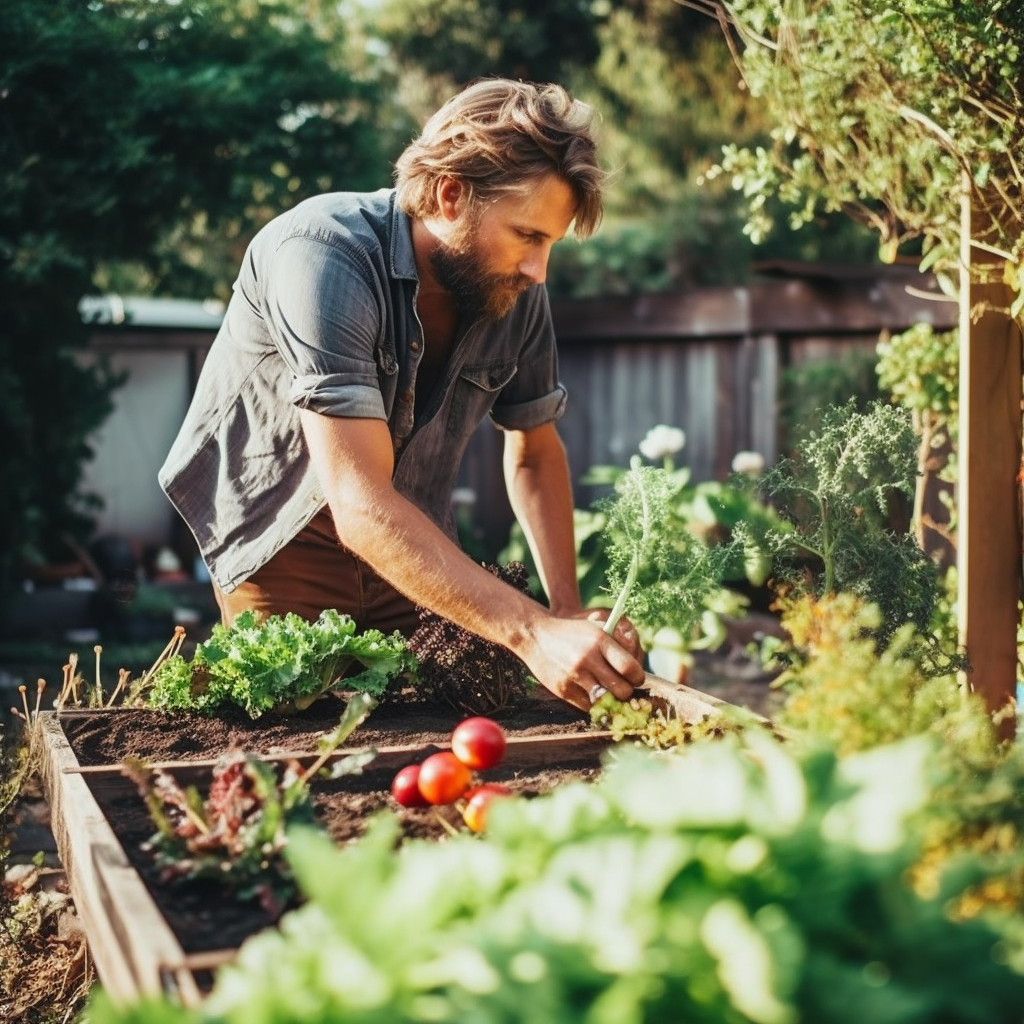Introduction Home gardening has gained tremendous popularity in recent years as more people embrace the benefits of growing their own organic produce. Not only does it provide a convenient and cost-effective way to enjoy fresh fruits, vegetables, and herbs, but it also allows you to have control over what goes into your food. Whether you have a spacious backyard or a small balcony, anyone can become a successful home gardener with the right knowledge and techniques. In this article, we will explore the essential steps to help you master the art of home gardening and grow your own organic produce.
Planning Your Garden The first step in mastering home gardening is to plan your garden effectively. Start by assessing the available space and sunlight in your area. Choose a spot that receives at least six hours of direct sunlight daily. Next, decide what you want to grow. Consider the plants that are suitable for your region and climate. If you are a beginner, start with easy-to-grow crops like tomatoes, lettuce, herbs, and radishes. Sketch a rough layout of your garden, keeping in mind the space requirements of each plant. Also, consider companion planting, which involves planting mutually beneficial plants together to promote healthy growth.
Preparing the Soil Healthy soil is the foundation of a successful garden. Before planting, prepare your soil by removing any weeds, rocks, or debris. Loosen the soil with a garden fork or tiller to improve its texture and aeration. Add organic matter like compost, aged manure, or leaf mulch to enrich the soil with nutrients. This will help retain moisture, promote healthy root growth, and enhance the soil’s fertility. Conduct a soil test to determine its pH level and make any necessary adjustments to create an optimal environment for your plants.
Starting from Seeds or Seedlings Once your garden is ready, you can start growing your plants from seeds or purchase seedlings from a local nursery. Growing from seeds offers a wider variety of plant options and is often more cost-effective. Follow the instructions on the seed packets regarding planting depth and spacing. Alternatively, using seedlings can give you a head start, especially for plants with longer growing seasons. Gently remove the seedlings from their containers and transplant them into your garden, taking care not to damage the roots.
Providing Adequate Care To ensure your plants thrive, they need proper care. Watering is essential, and it’s important to find the right balance. Overwatering can lead to root rot, while underwatering can cause stunted growth. Learn the watering needs of each plant and adjust accordingly. Mulching around the plants can help retain moisture, suppress weeds, and regulate soil temperature. Regularly check for pests and diseases, as early detection can prevent extensive damage. Use organic pest control methods like neem oil, insecticidal soaps, or companion planting to protect your plants naturally.
Harvesting and Storing The joy of home gardening comes when you can finally harvest the fruits of your labor. Each plant has its own harvest time, so be patient and observe the plants closely. Harvest vegetables when they are ripe and herbs when their flavor is at its peak. Use a sharp knife or pruning shears to avoid damaging the plants. Proper storage is crucial to preserve the freshness and flavor of your harvest. Some vegetables can be stored in the refrigerator, while others may require blanching and freezing. Herbs can be dried or frozen in ice cubes for future use. Experiment with different preservation methods to find what works best for each crop.
Mastering home gardening and growing your own organic produce is a rewarding and fulfilling endeavor. By following the essential steps outlined in this article, you can create a thriving garden that provides you with a bountiful harvest of fresh, healthy, and





